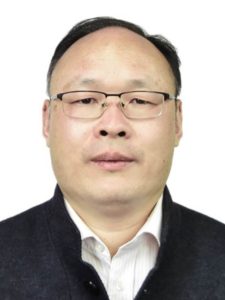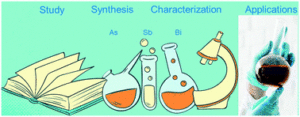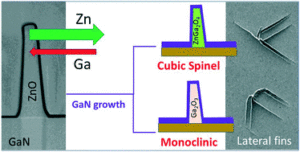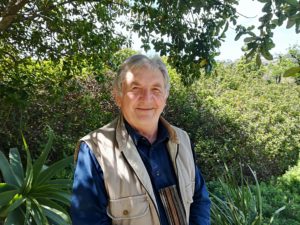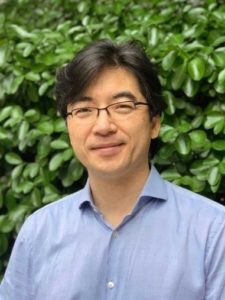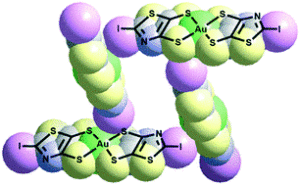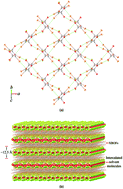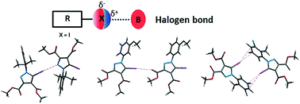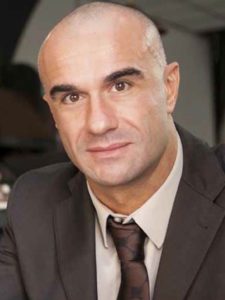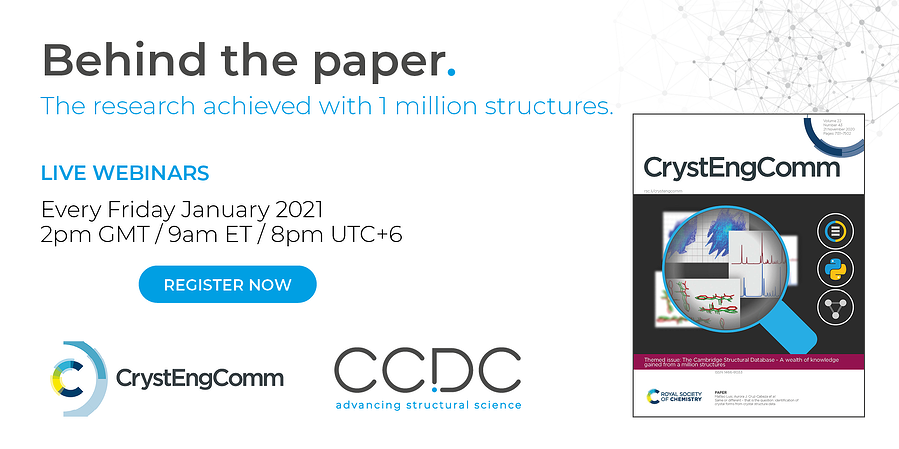We are delighted to share with you our latest collection of recently published articles focusing on Rare Earth Materials handpicked by Associate Editor, Dongfeng Xue, Multiscale Crystal Materials Research Center, Shenzhen Institute of Advanced Technology, CAS, China
Rare earth materials play a key role in many practical applications such as catalysts, lasers, luminescence, magnetism, and sensors, which are of great interest to the community. Crystallisation involves two continuous stages (including nucleation and crystal growth) when preparing rare earth materials, therefore, crystal engineering strategies may stimulate much more innovative ideas when using rare earth elements as powerful functional sources or modifiers in the scale of the whole system. Rare earth elements have f-orbitals and f-electrons that possess specific coordination abilities with a wide range of coordination numbers from 2 to 16, which provide many opportunities to create novel structures and functions.
These articles are all free to access until January 31st, 2022 and we hope you enjoy reading them.
We also invite you to submit your research to CrystEngComm to give your work the global visibility it deserves.
Selected articles:
| Trends in rare earth thiophosphate syntheses: Rb3Ln(PS4)2 (Ln = La, Ce, Pr), Rb3−xNaxLn(PS4)2 (Ln = Ce, Pr; x = 0.50, 0.55), and RbEuPS4 obtained by molten flux crystal growth
Logan S. Breton, Mark D. Smith and Hans-Conrad zur Loye |
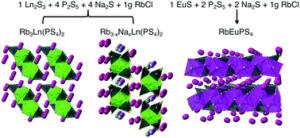 |
| From [B6O13]8− to [GaB5O13]8− to [Ga{B5O9(OH)}{BO(OH)2}]2−: synthesis, structure and nonlinear optical properties of new metal borates
Qi-Ming Qiu and Guo-Yu Yang |
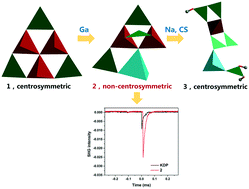 |
| Bridgman growth and characterization of a HoCa4O(BO3)3 crystal
Xinchao He, Zhigang Sun, Xiaoniu Tu, Sheng Wang, Kainan Xiong, Hongbing Chen, Xiaoyan Zhang, Liming Shen and Yanqing Zheng CrystEngComm, 2021, 23, 4833-4839 |
 |
Meet the Editor
About CrystEngComm
Published by the Royal Society of Chemistry and with a truly international Editorial Board, CrystEngComm is the forum for the design and understanding of crystalline materials. We welcome studies on the investigation of molecular behaviour within crystals, control of nucleation and crystal growth, engineering of crystal structures, and construction of crystalline materials with tuneable properties and functions.
To keep up to date with the latest articles and other journal news, sign up to the e-alerts.



